“When you were in Israel, did you go to Beth She’an?” My oldest daughter was curious after reading 1 Samuel 31, which mentioned the city.
“Yes, we did!” I replied. It was a great opportunity to show the kids some of the pictures from the trip my husband and I took to Israel.

Before exploring the ruins of the city that once stood here, we viewed a diorama of Beth She’an as it stood during the Byzantine era.

From that same vantage point, we could look out over the archaeological site. It gave us a great opportunity to compare the two.

Our tour of Beth She’an would focus on the central area of the town—the bathhouse, the main street, the remains of a pagan temple, and the theatre.
Bathhouse
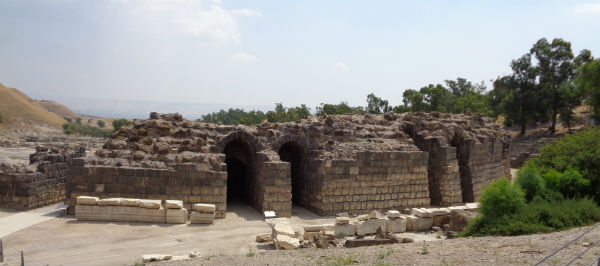
The bathhouse complex was comprised of several interconnected buildings around a courtyard. A small model helped us get an idea of what it may have looked like.
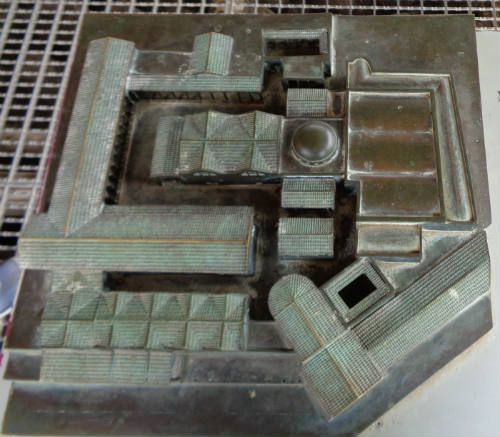
In the courtyard, we observed pillars and the remains of the pool.

We paused to appreciate the tiled mosaic floor nearby.
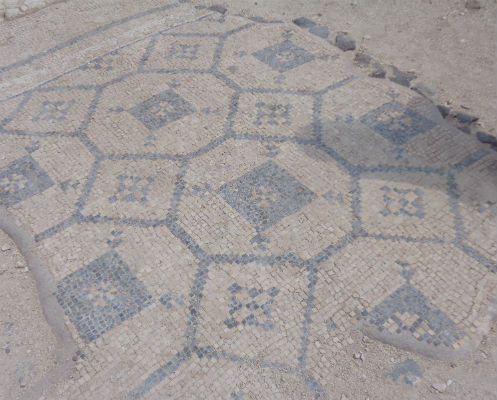
Then we toured the buildings. Modern metal walkways and a protective roof gave us the sense of being indoors.

The site boasted state-of-the-art toilet facilities as well. Our friend Sean helped us visualize the use of the restroom.
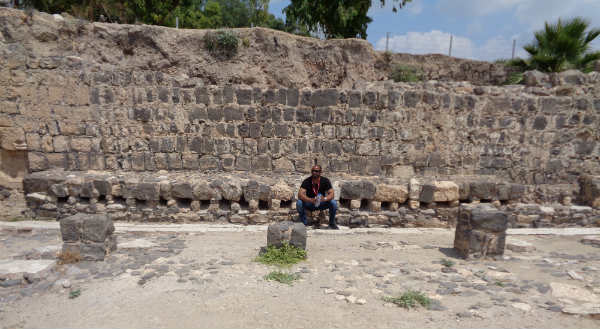
Plenty of people could to “do their business” at the same time in this public setting. I am so thankful for the stalls which give us privacy in modern restrooms.
The Main Avenue
Leaving the bathhouse, we traversed the main avenue of the town.
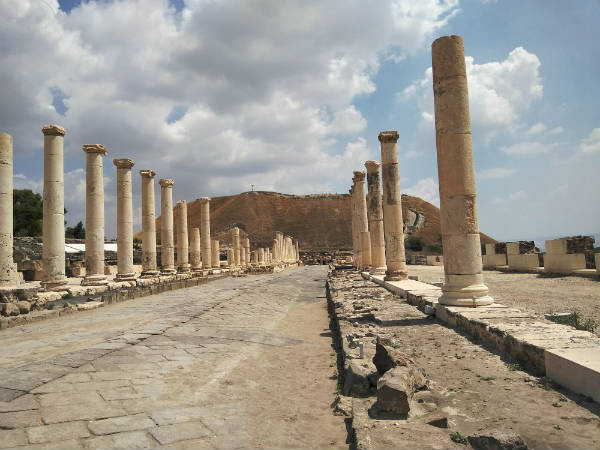
To our right, a marketplace existed during Byzantine times. A brothel once stood on other side.
The Tell
At the end of the street, we gazed up at the Tell, the location of ancient Beth She’an. This is where the city stood during the time of Saul’s death.
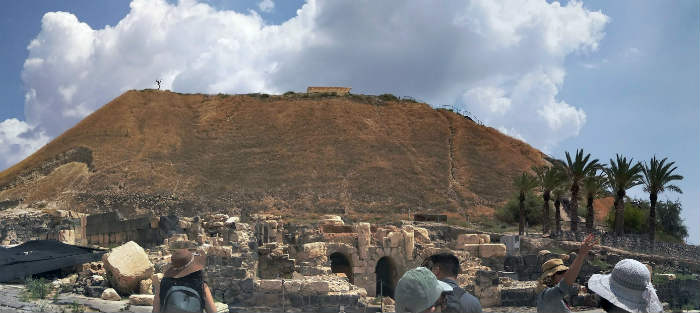
Saul and his sons fought and died on nearby Mt. Gilboa. The Philistines found their bodies. They brought them to this city and hung them on the walls. The men of Jabesh Gilead would not rest when they found out about it. They snuck in to Beth She’an at night to collect the bodies and give them a proper burial. (1 Samuel 31, 1 Chronicles 10).
The Pagan Temple
Below the Tell, pillars lay fractured on the ground. A pagan temple to Zeus graced this area of the city in Byzantine times. An eighth century AD earthquake toppled the temple.

We would have loved to explore beyond the temple and perhaps climb to the top of the Tell, but there was not time.
The Amphitheatre
We followed the group back up the main street to the amphitheatre. The original building is well preserved.
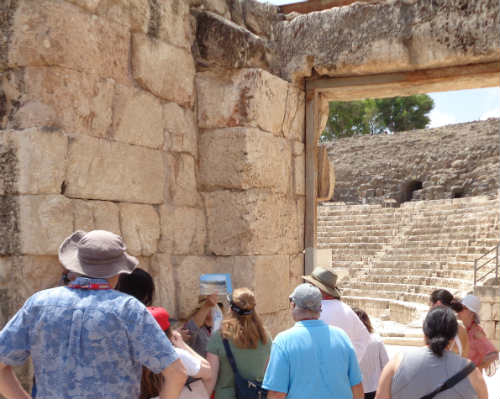
Mika had asked some of the singers in our group to have a song ready when we arrived. Four of us took the stage to perform a song we had not even rehearsed. We crowded around my cell phone in an effort to read the lyrics as we sang.
I was a bit nervous singing in a new place with some people I had met only a few days earlier, but it was an amazing experience. Our audience surprised us with applause and pleas for an encore. We were happy to oblige.
Gift Shop
Before departing for our lunch stop, we had a few minutes to explore the gift shop. My husband insisted on purchasing a Coke Zero and encouraged me to grab a drink as well. Though a cold water bottle was waiting for me back on the bus, I took him up on the offer and tried a refreshing aloe vera drink.
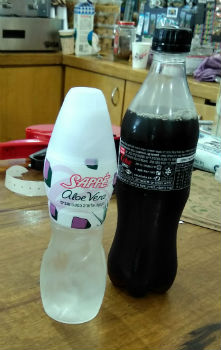
As we piled back into the bus to continue on our journey, strains of the songs we had sung reverberated in my mind. Singing in the amphitheatre was the highlight of our visit to Beth She’an. Whenever I sing “Our God” or “10,000 Reasons,” I remember that morning in Israel.
Be sure to check out all of my blog posts about Israel. Which one is your favorite?